Bach, CPE :: Sonata in G minor 'Conversation Sonata'
-
ComposerBach, CPE
-
InstrumentationFlute & Piano
-
PublisherInternational Music Company (IMC) [2868]
-
EditorMunclinger, Milan
-
Orchestrationfl, pn
-
Includes CD or Audio DownloadNo
-
ClassificationNot Applicable
-
GenreUndefined
Sonata in G minor 'Conversation Sonata'
Bach, CPE
International Music Company presents C.P.E. Bach's Sonata in G minor 'Conversation Sonata' for flute and piano arranged and edited by Milan Munclinger.
Notes from the editor: 'Carl Philipp Emanuel Bach (1714-1788), the third son of the Leipzig master, Johann Sebastian Bach, appeared on the musical scene as the grandeur of the baroque era was giving way to the elegance and wit of the rococo period. It was the age of enlightenment. Rational thought was favored over the mysticism and poetics of the baroque. Even Emanuel Bach turned his back on his father's 'learned' musical style, declaring on one occasion to the English musician and indefatigable traveler, Charles Burney, that canons were 'dry and despicable pieces of pedantry that anyone might compose who would give his time to them.'
'Le style galant', which is a synonym for rococo, was particularly cultivated in France. Frederick the Great of Prussia, an avid music lover and a francophile in cultural matters, apponted C.P.E. Bach as a chamber musician and clavecinist to his court in 1740. It was only natural, therefore, that this young musician became an exponent of this new musical style. At the same time another musical philosophy was developing which was primarily identified with German composers called 'empfinsamer Stil', literally 'sensitive style'. This expressive approach to music was one of simplicity with emphasis on a plain, homophonic chordal structure and simple melodic lines. Emanuel Bach was equally at home in this expressive style through which a composer endowed his music with a more intimate and personal form of emotion. Sometimes melodic lines were elaborated with a carefully worked out system of ornamentation which drew on the 'style galant'.
One of the most famous examples of this type of composition is Emanuel Bach's celebrated, so-called 'Conversation Sonata' which he composed in 1749 while still in the service of Frederick the Great. It was published in 1751 and reportedly caused a sensation. It is often mentioned in musicological literature, but the original edition poses a number of problems for the contemporary performer which can only be resolved in a modern edition.
In the original edition, Bach provided an extensive introduction in which he explained the 'program' of this work. It is an attempt to convey through instruments alone a dialogue between two persons, one sanguinary and the other melancholic. The contrasting views of the two protagonists are depicted in the first movement through frequent alternation of 'Allegretto' and 'Presto' passages. In the second movement, an Adagio, Melancholicus comes around to Sanguineus' more optimistic point of view. In the final movement it is evident that they are now of one mind.
The Introduction also included useful information regarding the performance of the music. The composer, for example, is quite explicit in stating that a measure of Presto in 3/8 equals a quarter notes of the Allegretto sections. Bach also suggested alternative methods of performance. One version is for two violins (or flute and violin) with figured bass; the other is for a melodic instrument with obligato cembalo (or piano). In the present edition, which opts for the second version, the sonata has been transposed from the original key of c minor to g minor in order to accomodate the flute's somewhat limited range.
Historically, this work constitutes a fundamental study of the esthetic laws of the period concerning the use of affections. From a musical point of view, the sonata is one of the most important and interesting works of the 18th century pre-classical period.' - Milan Munclinger
-
ComposerBach, CPE
-
InstrumentationFlute & Piano
-
PublisherInternational Music Company (IMC) [2868]
-
EditorMunclinger, Milan
-
Orchestrationfl, pn
-
Includes CD or Audio DownloadNo
-
ClassificationNot Applicable
-
GenreUndefined
All online purchases greater than $200 (before tax) are eligible for free shipping within the US. (Some Exceptions apply.) Online purchases over $200 being shipped to locations outside the United States do not qualify for free shipping.
Items returned from a purchase utilizing the free shipping offer that brings the original invoice under $200 will result in the original shipping charge being re-applied.
Once shipment has reached its destination according to the shipping carrier tracking information selected, Carolyn Nussbaum Music Company is no longer responsible for the package.
*Please note that some items may vary slightly from the pictures on our website as manufacturers make changes to their products.
We accept Visa, Mastercard, and Discover for online purchases up to $10,000.
You may also assemble your order online and pay offline using the "Offline Payment" payment method during the checkout process. In this case, once you submit your order, you will be contacted via phone or email for payment details before your order is processed. For offline orders we accept personal checks, bank checks, money orders, or travelers checks, with other legal tender acceptable only per arrangement.


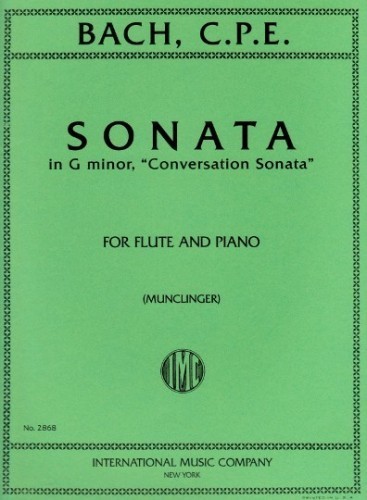






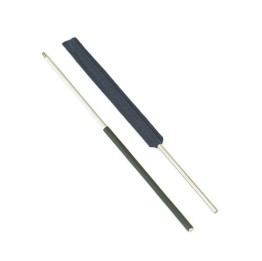






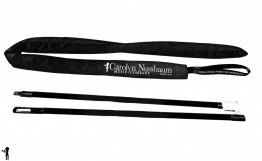
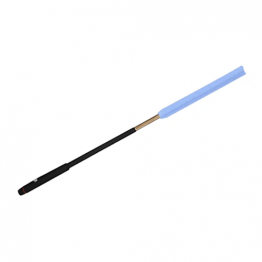






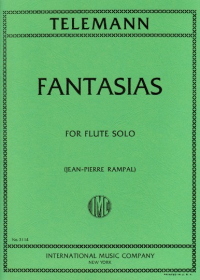


![Reichert, MA :: Tagliche Ubungen [Daily Exercises] op. 5](http://www.flute4u.com/var/images/product/262.280/P/D009790001094078_d.jpg)